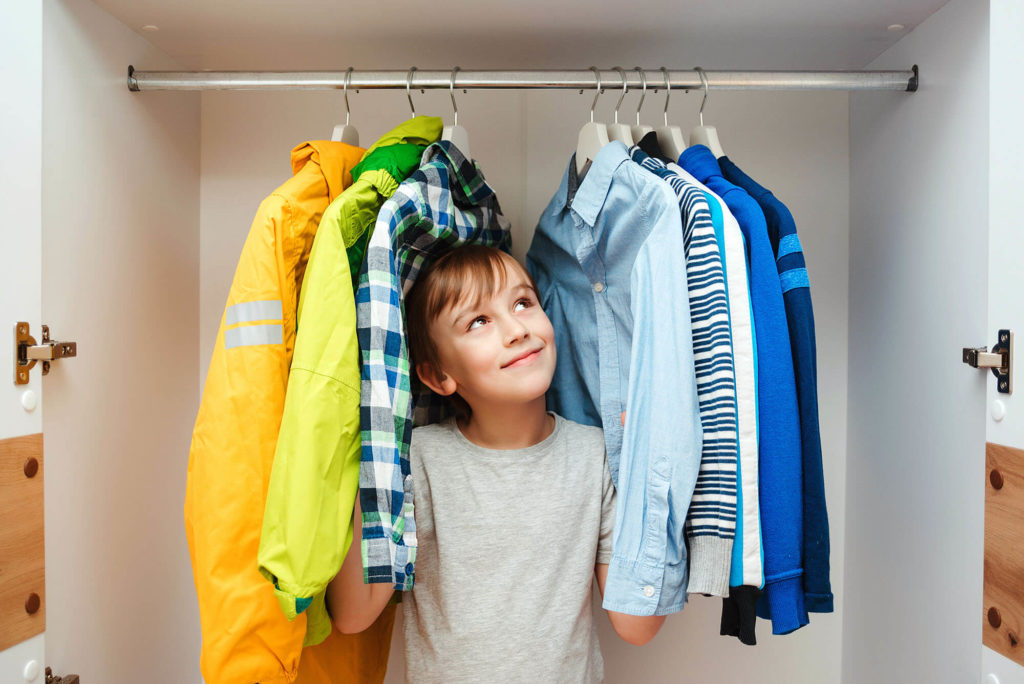Sensory Processing Month: Why Awareness Matters in October and Beyond
FEATURED POSTS
October 21, 2025
October 17, 2025
October is Sensory Processing Month, a reminder that for millions of children and adults, the world can feel too loud, too bright, too scratchy, or sometimes too muted to fully connect with.
The month is dedicated to raising awareness of sensory processing disorder, or SPD, and to encouraging families, educators, and communities to better understand how the brain interprets and sometimes misinterprets everyday sights, sounds, textures, and smells.
Living in a World of Too Much or Too Little
Sensory processing disorder describes what happens when the brain struggles to organize and respond to incoming information. For some people, the buzz of fluorescent lights is unbearable. For others, everyday textures such as a shirt tag or the seam of a sock make it nearly impossible to concentrate. Some may not notice sensations most people find intense, and they may seek out extra movement or noise to feel regulated.
SPD often shows up in children on the autism spectrum. Research suggests that 70% to 90% of children with autism experience sensory processing challenges. SPD can also affect people of any age. Too often, sensory challenges are dismissed as quirks or simple preferences. In reality, they can shape a person’s ability to succeed at school, at work, and in daily life.
How Awareness Month Took Shape
The idea of dedicating a month to sensory processing began in the early 2000s. Parents and clinicians recognized that families were dealing with it in silence. The Sensory Processing Disorder Foundation helped launch the initiative, and in 2015 it was formally recognized as Sensory Awareness Month. Since then, families and organizations have used October to share stories, educate schools, and push for better recognition in health and education systems.
Adults with SPD describe what it feels like to live in a body that does not filter sights and sounds in the same way as most people. Clinicians highlight new tools and therapies. Educators ask how to make classrooms calmer and more inclusive.
What Support Looks Like
Awareness is only the first step. Real support often begins with simple changes, such as a quiet corner in a classroom, noise-canceling headphones at a busy event or soft lighting in a public space. Weighted blankets, fidget tools, and scheduled sensory breaks can help turn overwhelming environments into manageable ones.
For families, small accommodations can mean big progress. A child may finally focus on reading. An adult may feel welcome at work instead of shut out by constant noise. For communities, these adjustments send a broader signal of belonging.
The Work Ahead
Sensory Processing Month is an opportunity to do more than post awareness graphics. It is a chance to listen to families, learn from autistic self-advocates, and create environments where sensory needs are recognized and respected.
Diagnosis, treatment, and support systems for SPD remain uneven. Misconceptions still linger. But each October, the movement grows in schools, in therapy centers, and in households making small but meaningful shifts.
Awareness months last 31 days. For those living with SPD, the challenges are ongoing. That is why the message of Sensory Processing Month must carry forward. Pay attention. Make space. Understand that for many people, the world feels different. That difference deserves recognition and respect.
Supporting Students Every Day
At LEARN Academy, we know that sensory needs show up in unique ways for every student. Our teams of speech-language pathologists, occupational therapists, physical therapists, and special educators partner with schools and families to create sensory-friendly classrooms and strategies that help students thrive.
Explore LEARN Academy’s services to see how we support students with sensory processing challenges and how we can help your school build an environment where every learner belongs.













